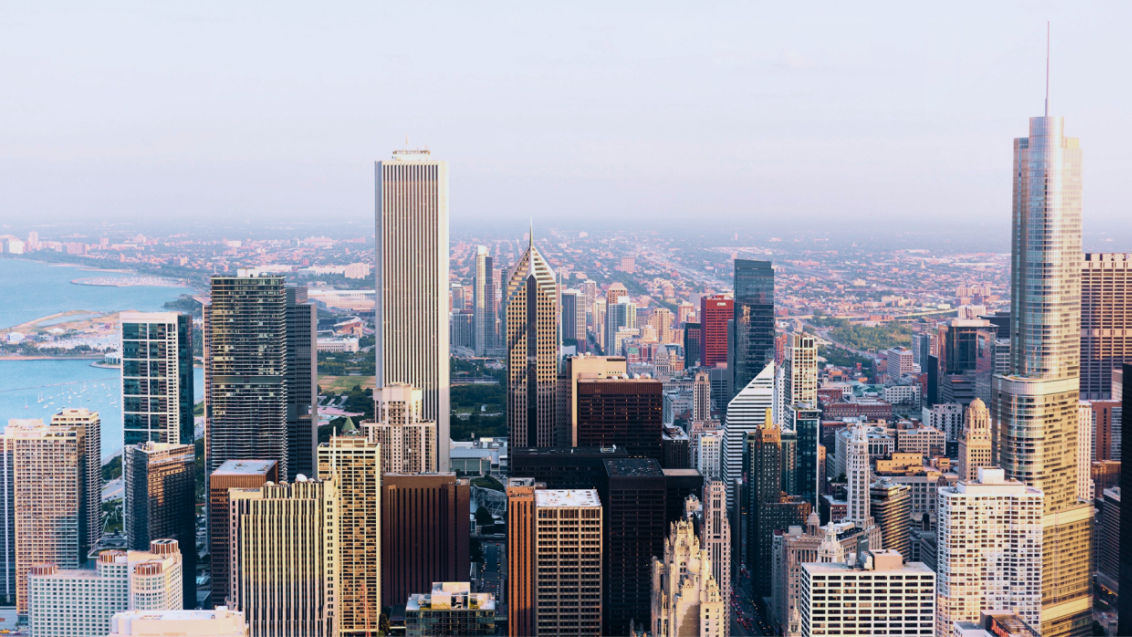

April 7, 2021 | Bill Wallace, Chairman of the Board of Directors, US Ignite

How smart cities are being affected by the global pandemic.
Data analytics have always been a critical component of smart city initiatives. Now, more than ever, we’re seeing the reasons why. Pop-up testing locations, the shift to remote work, social distancing, and more highlight the data and analysis needs emerging in cities to more effectively address the pandemic.
Over the last months, in my role as chairman of US Ignite, a high-tech, non-profit focused on accelerating the smart city movement, I’ve often been asked how cities are being affected by the pandemic. Here are my answers to three of these questions.
How has the global pandemic affected smart cities?
First and foremost, the global pandemic has led to a significant budget impact. In fact, we published a report, Trends in Smart Communities: 2020, where we found that 98% of cities with populations of 50,000 to 500,000 expect a budget shortfall in the coming year. As such, we believe smart cities will focus on five areas:
1. Supporting public health – Use smart technologies to support public health initiatives such as expanding telemedicine systems or ensuring HIPAA-compliant collection, maintenance, and storage of health data.
2. Creating healthy public spaces - Create public spaces that encourage social distancing, health and temperature screening, cleaning, and sanitation.
3. Reframing education - Expand e-learning offerings for students of all ages, across all school districts, blending in-class and out-of-class experiences.
4. Enhancing workforce development - Enhance digital delivery to increase workforce development and skills training and assist businesses as they reconfigure their services and operations to meet the needs of clients locally and online.
5. Increasing Resiliency – Leverage Internet of Things (IoT) sensors and devices to improve response times and become more efficient in digital delivery of city services.
Do you see smart cities being able to adapt and respond faster than other cities?
Definitely. Smart cities, overall, have been able to respond faster to the changing conditions. For example, smart cities have been able to get telemedicine capabilities up and running quickly. We’re also seeing examples of how smart cities are analyzing sensor data to help ensure social distancing or create safer public spaces.
Given the budget constraints, we’re seeing many smart cities squeezing every insight they can from their various IoT devices in order to deliver more for less. They’re really embracing the data, technology, and analytics to solve problems that cut across the entire city for maximum impact.
How will the impact of this pandemic shape the future of smart cities?
I think in the short-term, we’re going to see an increased focus on public health services, economic development, and safer community spaces. In the longer-term, I think we’re going to see more cities embracing the initiative to “go digital.”
We’re going to see cities looking for platforms that can address multiple use cases and are relatively flexible—allowing for cities to quickly respond to the unexpected. We’ll also see more efficient, lower-cost sensors that can collect data for analytics to help make smarter decisions. Then, over time, cities will be agile and focus on rapidly deploying small projects to create a safer and more efficient environment for working, learning, and living.
To learn more about how your city can respond to changing conditions, contact us.
Speak WITH a Spectrum Smart Cities Expert

